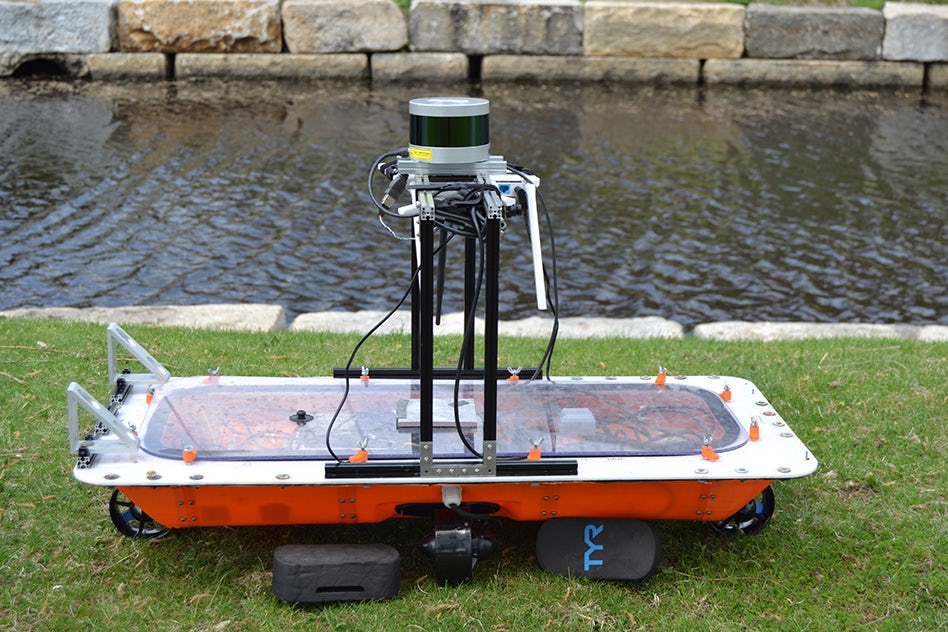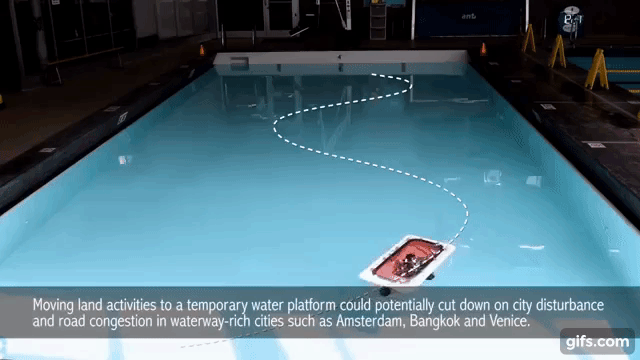Blowing driverless cars out of the water – an autonomous fleet of boats developed at MIT’s Computer Science and Artificial Intelligence Laboratory (CSAIL) has undergone a number of important updates. Now 3D printable, the so-called Roboats, are one step closer to introduction on the world’s rivers and canals.
Transporting and self-assembling at scale
The Roboat project is a joint undertaking by CSAIL and the Senseable City Lab at Massachusetts Institute of Technology. Together, the labs hope to create a reliable network of autoboats for Amsterdam’s famous canals, each capable of independently transporting people/goods, and self assembling into urban structures, such as bridges and stages. Like the MX3D 3D printed bridge, the boats will also be capable of sensing and collecting information about their environment.
The first Roboat prototype was trialled on the Dutch capital’s waterways in 2016, demonstrating precise steering and multi-directional movements.
Now, in a paper presented at the 2018 IEEE International Conference on Robotics and Automation, the next generation Roboat has grown, measuring 4 meters long by 2 meters wide.

3D printed piece-by-piece
The 4×2 meter Roboat hull has been manufactured with the help of a commercial 3D printer. Taking 60 hours in total, it was 3D printed in 16 separate sections which were then spliced together to make a whole part.
For completion, reports state that the hull was then “sealed” with layers of fiberglass, a process in which the 3D printed hull likely acted as a mold. Multi-part assembly in this case would otherwise create weak seals that could spring a leak.
A 3D printed pattern was similarly used by Thermwood Corporation to create a 3,000 lb (1,363 kg) hull of a fiberglass motorboat. In this process, 3D printing replaced a typically laborious method of mold making, and facilitated the practical trials of multiple designs. In addition, the technology saved on materials expenses – in a traditional process, a wooden mold would have been used.
Coming soon to a river near you
For the mechanics of the Roboat, another miniature prototype has been put to the test in a swimming pool and in the Charles River.
Capable of processing its next move in less than 1 millisecond, the latest Roboat is more agile and efficient than the 2016 version. It can track its location and orientation, and follows a pre-programmed path with ease.

For more cutting-edge 3D printing powered research, subscribe to the 3D Printing Industry newsletter, follow us on Twitter and like us on Facebook for all the latest stories.
Sign up to 3D Printing Jobs and seek new opportunities in your field.
Featured image shows a prototype MIT Roboat. Photo via MIT



